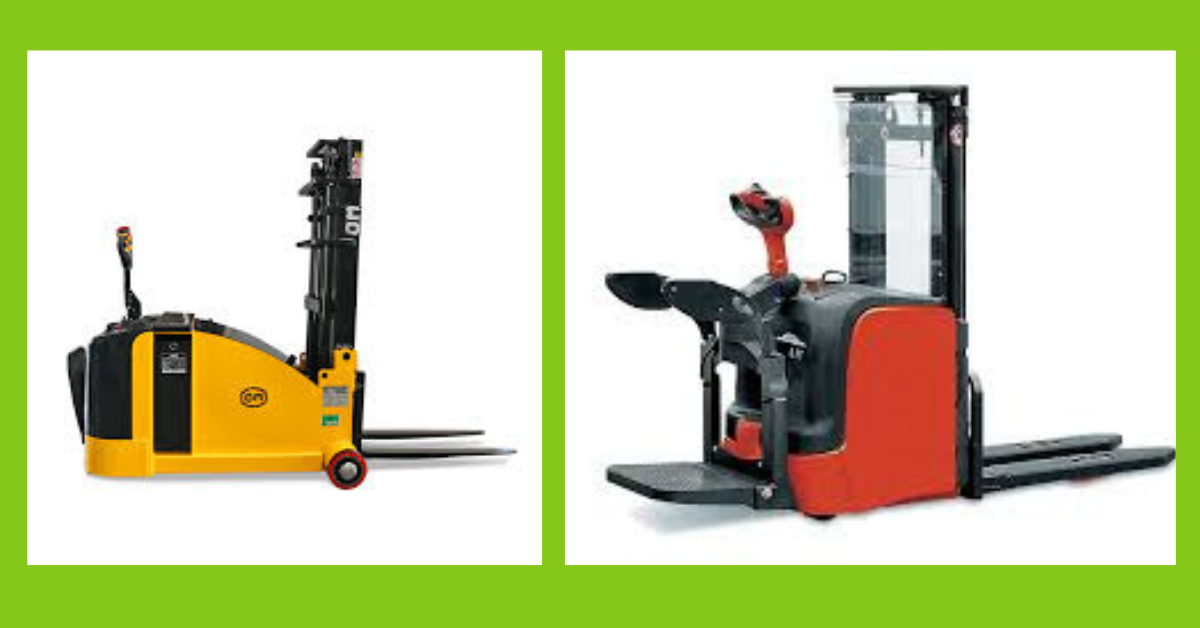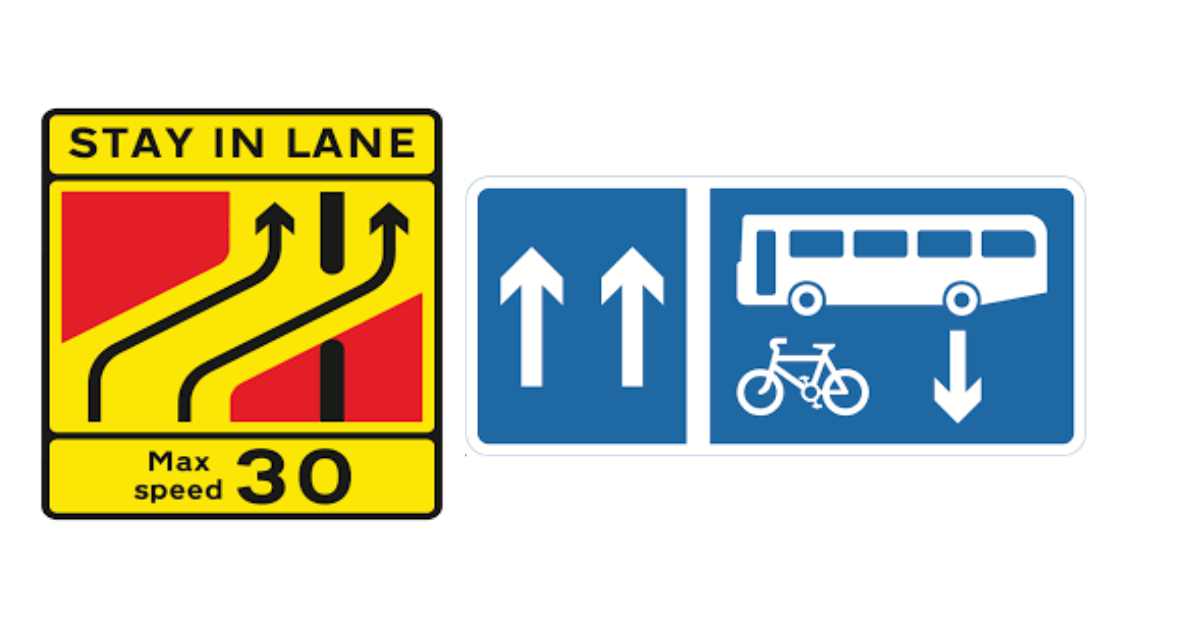Stacker: Understanding the Versatile Machine

1. What is a Stacker?
A stacker is a material handling machine used primarily for lifting and transporting goods. Unlike forklifts, stackers are generally smaller and easier to maneuver in tight spaces. They can be manual or powered, with the ability to lift loads to various heights, making them ideal for stacking items in warehouses and storage facilities.
2. Types of Stackers
Stackers come in several types, each designed for different applications:
- Manual Stackers: Operated by hand, these stackers rely on a hydraulic pump for lifting. They are cost-effective and suitable for light to moderate loads.
- Electric Stackers: These powered stackers can lift heavier loads with less manual effort. They are ideal for large warehouses where frequent lifting is required.
- Semi-Electric Stackers: Combining manual operation and electric lifting, these stackers offer flexibility and efficiency, allowing operators to control the movement while benefiting from powered lifting.
- High Reach Stackers: Specifically designed for stacking pallets high, these stackers are essential in environments with limited floor space.
- Counterbalance Stackers: These stackers use a counterweight to balance the load, making them suitable for tight spaces and high stacking.
3. Common Uses of Stackers
Stackers are commonly utilized across a range of industries, such as::
- Warehousing: For stacking and retrieving pallets and goods.
- Manufacturing: To move materials along production lines.
- Retail: In backrooms for organizing stock.
- Construction: For transporting materials on-site.
- Logistics: To assist in loading and unloading trucks.
Their versatility makes them invaluable in streamlining operations across these sectors.
4. Advantages of Using Stackers
Stackers offer numerous advantages, including:
- Space Efficiency: Stackers can operate in tighter spaces than larger equipment, making them perfect for maximizing storage areas.
- Cost-Effectiveness: They generally require lower initial investment and maintenance costs compared to forklifts.
- Ease of Use: Stackers are easier to operate, with many models designed for straightforward handling.
- Improved Safety: By reducing the need for manual lifting, stackers help minimize workplace injuries related to heavy lifting.
- Versatility: With various types available, stackers can be used for multiple applications in different settings.
5. Safety Considerations
While stackers enhance productivity, safety should always be a priority. Here are some essential safety considerations:
- Training: Operators should receive proper training on how to use stackers safely.
- Load Limits: Always adhere to the manufacturer’s load limits to prevent tipping or accidents.
- Maintenance: Regularly inspect and maintain stackers to ensure they are in good working condition.
- Clear Pathways: Keep areas clear of obstacles to facilitate safe movement and operation.
- Personal Protective Equipment (PPE): Operators should wear appropriate PPE, such as gloves and safety shoes, while using stackers.
6. How to Choose the Right Stacker
Selecting the right stacker involves considering various factors:
- Load Capacity: Determine the weight of the materials you will be handling to choose a stacker with the appropriate load capacity.
- Height Requirements: Assess the height at which you need to stack goods and select a stacker that can reach those heights.
- Operating Environment: Consider whether you need a stacker for indoor or outdoor use, as some models are better suited for specific environments.
- Frequency of Use: For frequent use, investing in an electric stacker may be more efficient.
- Budget: Evaluate your budget constraints while considering the long-term benefits of the stacker.
7. Maintenance Tips for Stackers
To ensure longevity and optimal performance, follow these maintenance tips:
- Regular Inspections: Conduct daily checks for any visible wear and tear or damage.
- Hydraulic Fluid Levels: Ensure hydraulic fluid is at the recommended levels and replace it as needed.
- Battery Care: For electric stackers, keep batteries charged and maintain them according to the manufacturer’s guidelines.
- Cleanliness: Regularly clean the stacker to remove dirt and debris that may affect performance.
- Professional Servicing: Arrange for regular maintenance with a qualified technician to handle any mechanical problems.
- Lll
8. Innovations in Stacker Technology
Recent advancements in stacker technology have introduced several innovations:
- Automation: Many modern stackers now come with automated features that enhance efficiency and reduce the need for manual intervention.
- Smart Technology: Integration with warehouse management systems allows for real-time tracking of inventory and improved logistics.
- Enhanced Ergonomics: New designs focus on operator comfort, reducing strain during use.
- Eco-Friendly Options: Electric stackers are becoming more common, promoting sustainability in material handling.
These innovations are making stackers even more efficient and user-friendly.
Conclusion
Stackers play a crucial role in enhancing efficiency and safety in material handling across various industries. Understanding the different types, uses, and safety considerations of stackers is essential for anyone looking to improve their operations. As technology advances, stackers continue to evolve, offering even greater capabilities and efficiency. Whether for a small warehouse or a large manufacturing facility, investing in the right stacker can lead to significant improvements in productivity and workplace safety.





